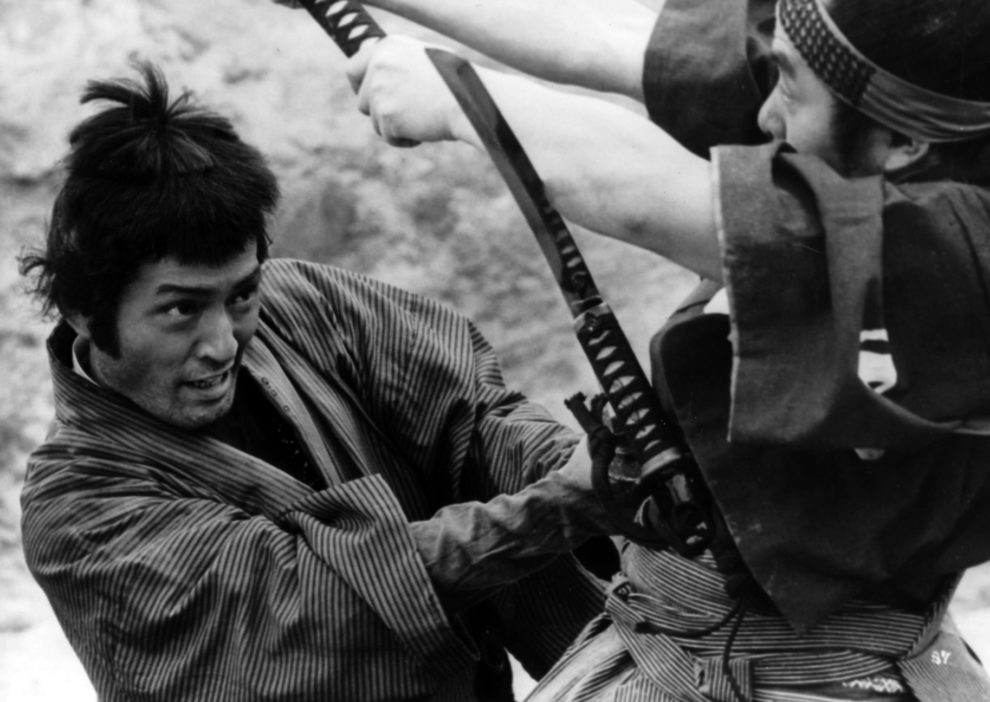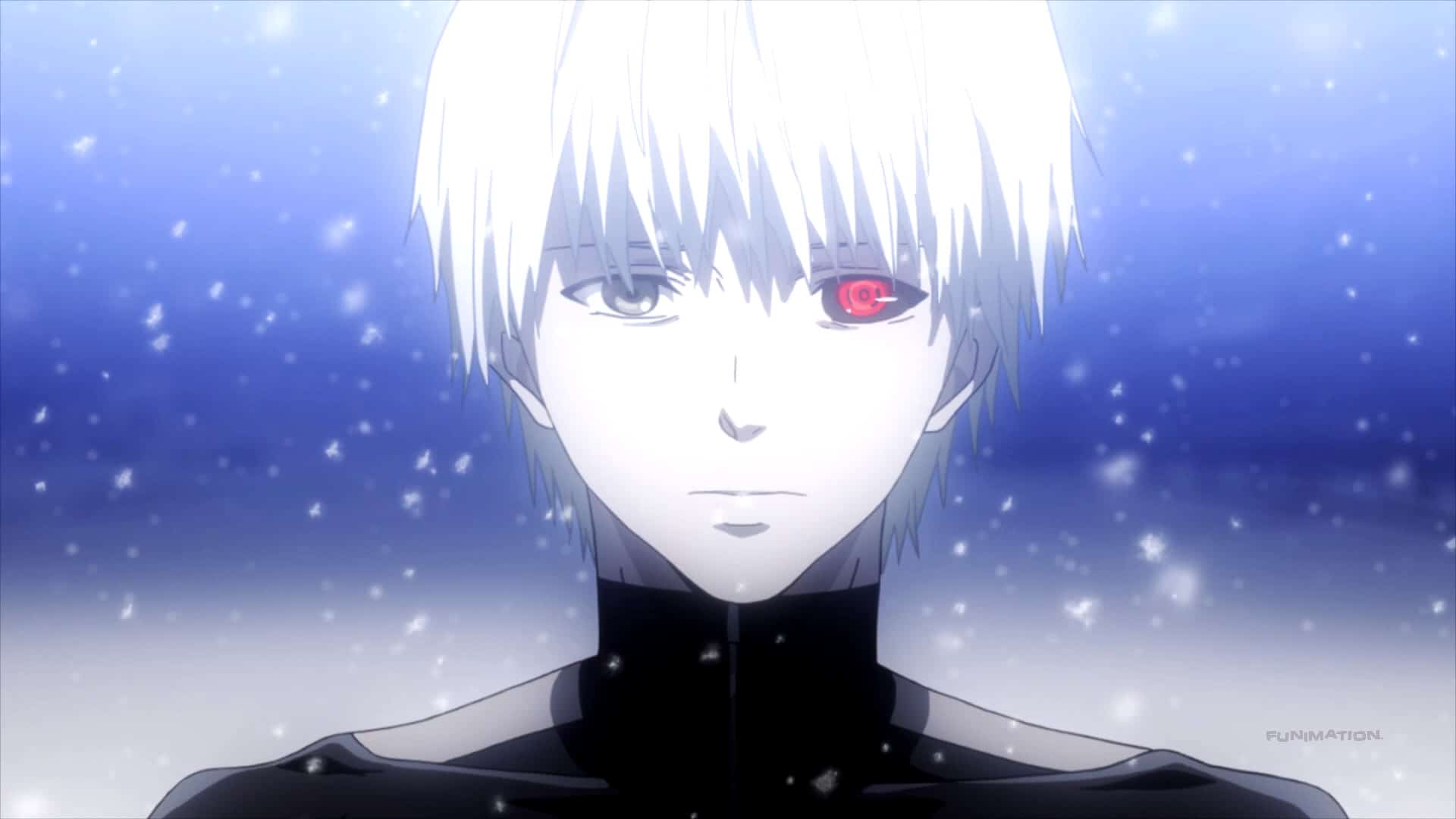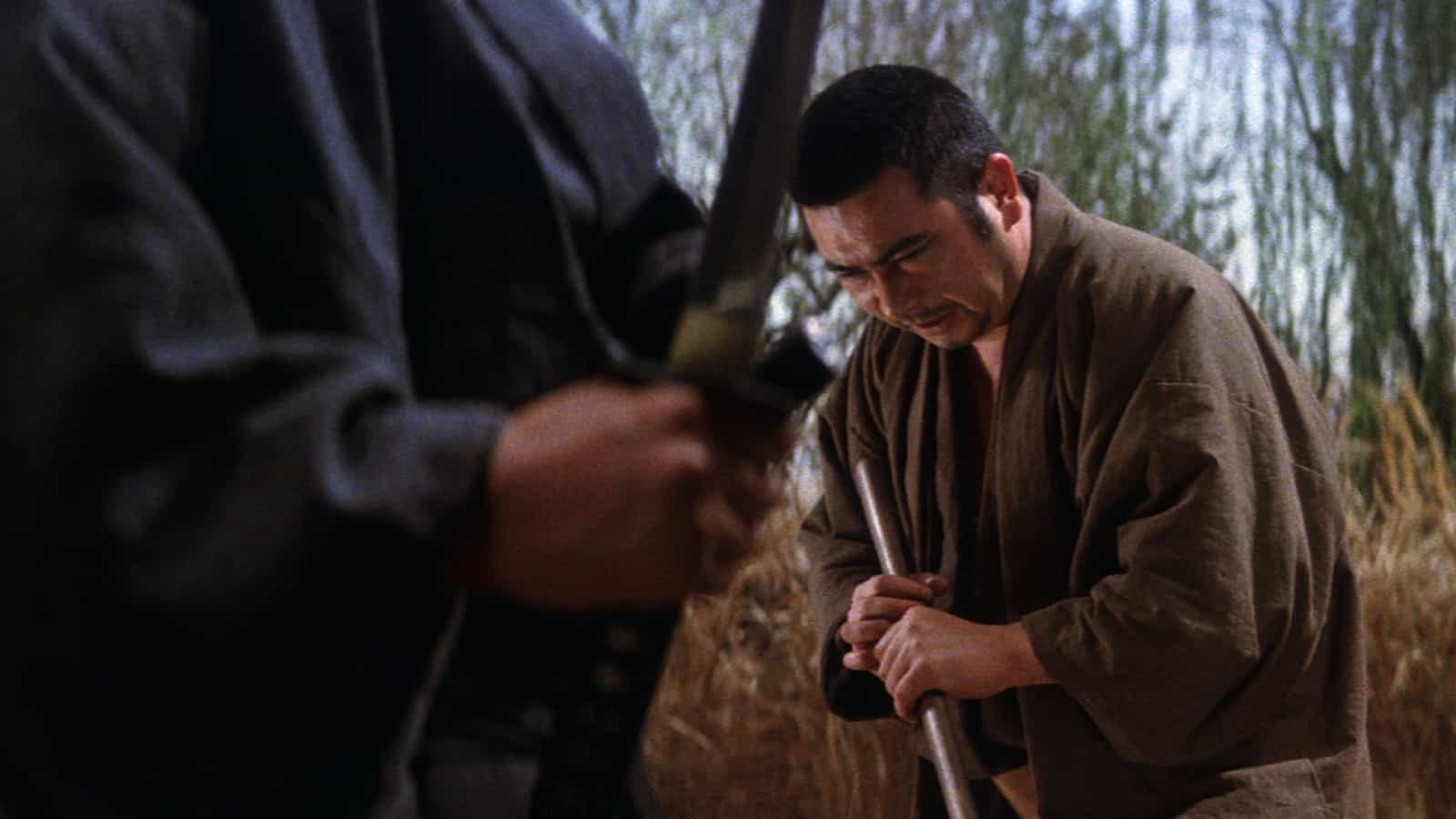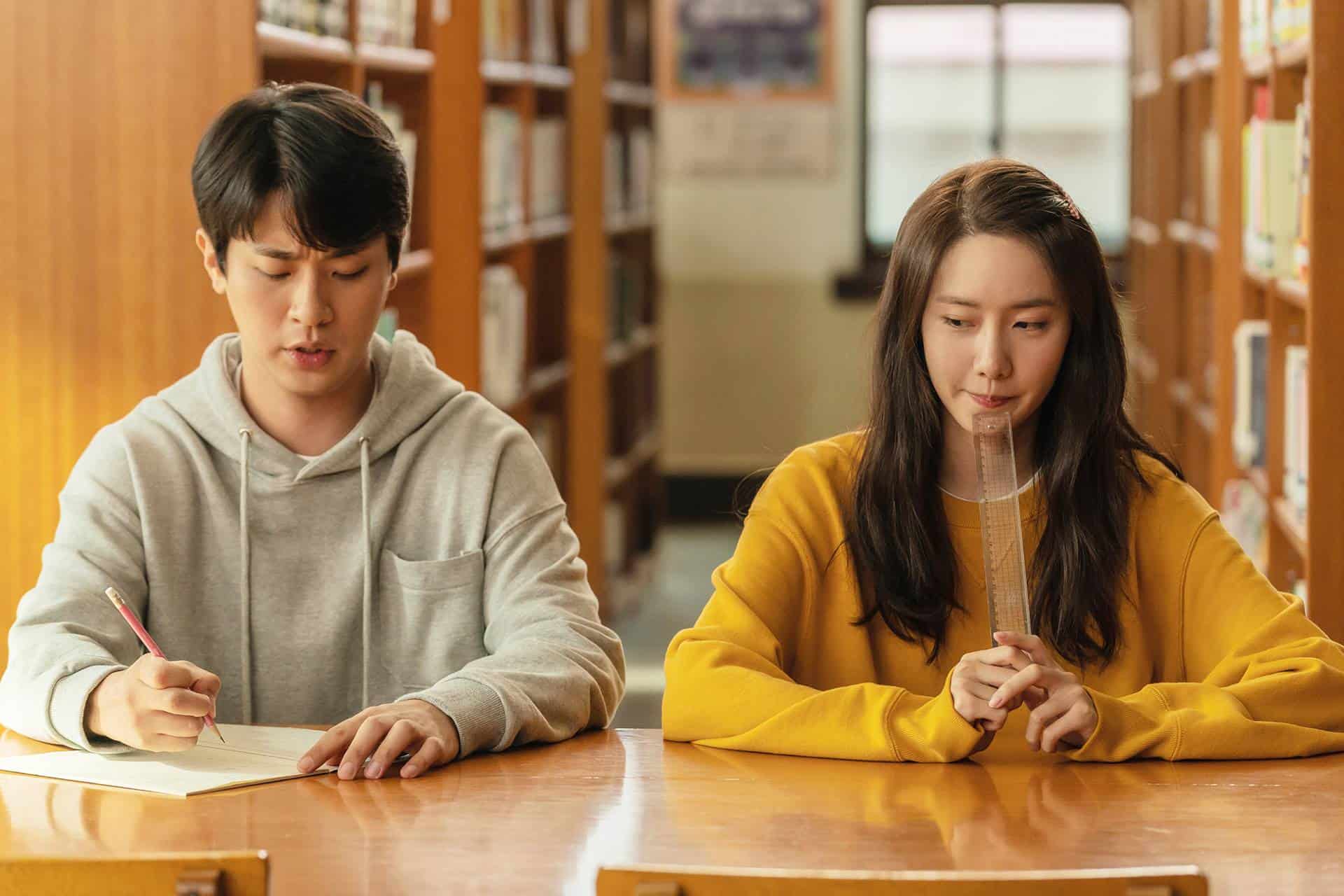While the chambara genre is generally associated with the likes of Akira Kurosawa and many others, the name of director Kihachi Okamoto is mentioned only occasionally, even though he probably made some of the most important entries into the genre. With titles such as “Seven Samurai” and “Rashomon” being associated with the samurai film, Okamoto would add a unique spin to the genre with often acidic and laconic humor or a world view which reflects the dark times his home country had to go through at the time his features were made. Some of his most influential works include “The Sword of Doom”, “The Human Bullet” and “Zatoichi Meets Yojimbo”, his entry into the popular “Zatoichi”-franchise, whereas his 1968 feature “Kill!” perhaps best sums up what constitutes Okamoto's cinema.
Kill! is screening at Japan Society
In 1833 two men, Genta (Tatsuya Nakadai) and Hanjiro (Etsushi Takahashi) arrive in the town of Joshu. While the first has left behind the samurai life and is just eager to find something to eat, and then continue his journey, the other cannot wait to become a swordsman, hoping to strip off his background as the son of farmers. However, aside from finding food, they stumble upon the middle of a rebellion, as a gang of seven swordsmen attack and eventually kill their chancellor, only to be then betrayed by the man who helped them plann the assassination, Ayuzawa (Shigeru Koyama). Hopelessly outnumbered and branded outlaws, the gang ascends to the mountains, where they hide in a cabin, waiting for a chance to call for help and uncover Ayuzawa's plot.
Confident he will be granted the status of samurai when he helps him, Hanjiro offers his services to Ayuzawa, although he never really fought with a sword before, and thus becomes part of a large group surrounding the rebels' hideout in the mountains. Meanwhile, Genta, wanting to prevent further bloodshed, finds out about the real motives behind the betrayal and how killing the seven swordsmen, along with other witnesses, could change the power structure in the region. In the end, he has to take part in the fighting, mediating between both sides.
For those familiar with the director's worldview and themes expressed in “The Sword of Doom”, many elements of “Kill!” will surely feel like a logical sequel almost, albeit with one notable diversion. Right from the beginning, he establishes a world where everyone is out for his/her own survival, with most of the town being empty, two shopowners having been robbed and ultimately hanged from the ceiling of their own establishment, and whatever remains of order and structure being shaken by the plot of one man striving for the improvement of his own position. While “The Sword of Doom” looked at the warrior himself, the often psychotic and anti-social tendencies hiding behind the bushido, “Kill!” sheds some light on the people in charge, how their own hunger for power has left chaos behind and a world in shreds, which may just be a comment on the state of the world at the end of the 1960s.
At the same time, what is different to the director's other works is the choice of protagonists. Especially Tatsuya Nakadai, who had already worked on Okamoto's “The Age of Assassins” and “Japan's Longest Day”, is great as Genta, a man disillusioned with his former oath to the samurai code, and thus becomes a commentator on the actions of men like Ayuzawa, his delivery often further highlighting the humorist, laconic and ambiguous nature of his observations, fueled by his experiences. On the other hand, Etsushi Takahashi also does a great job of a character often neglected within the genre, and who has become defined by the wish to better his status by becoming a samurai. The development of his character serves as both a source of entertainment and laughter, but also drama, especially when he must face the truth behind what he perceived as glory and honor.
Additionally, the effect of “Kill!” is emphasized by Masaru Sato's score, possibly one of the finest works by the composer. Given the themes of the feature, the music is often quite moody and dark, stressing the desolate state of the world the characters live in as well as the pessimist view on those people in charge of order.
In the end, “Kill!” is a brilliant chambara about the state of disillusionment with the people higher up in the social ranks of a nation. Kihachi Okamoto further highlights his status as one of the best directors of this kind of feature, often adding a humorist and acidic comment on the world and the human condition to the story and characters, making works such as “Kill!” timeless and relevant.
















